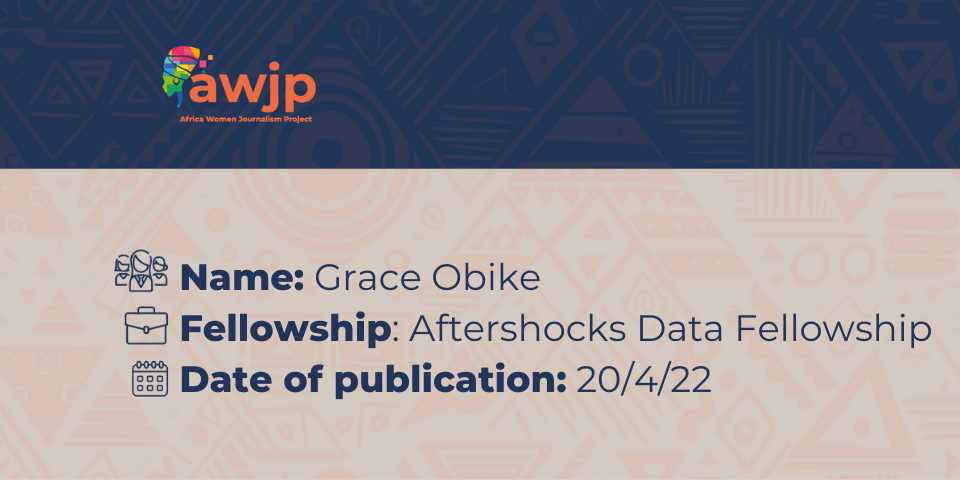By Grace Obike
Are you ready to embark on a transformative journey in journalism? Imagine having the ability to weave powerful narratives that are compelling and backed by robust data. That’s the world I’ve discovered through my journalistic odyssey – a world where data isn’t just a tool but a state of mind.
Throughout my career, I’ve encountered my fair share of challenges. One of the most daunting hurdles l faced as a Fellow was the need for more timely, accurate data. For instance, when I delved into the impact of the COVID-19 pandemic on food access in Nigeria, I hit a roadblock. The official data from the Nigeria Bureau of Statistics didn’t provide real-time market prices, hindering my quest for authentic information.
However, I refused to be deterred. Armed with determination, I embarked on a quest that took me to over ten markets and countless conversations with wholesalers, retailers, and consumers. The result? A mosaic of anecdotal insights that painted a vivid picture of the real-world impact. I got an insight into Nigerians’ actual prices for foodstuffs such as rice and other daily food needs.
The Art of Data Storytelling
Equipped with the skills I honed during my Fellowship, I embarked on my data-driven storytelling journey. I began by formulating my story hypotheses, meticulously sourcing data, and referencing academic research to quantify or measure the extent of the problem and prove or disprove my point. I also referenced academic and research articles to understand how the pandemic has affected food production, access and availability.
The AWJP data analyst was instrumental in procuring historical price data and agricultural yield statistics, funds allocated for the import of popular foods such as rice, which, when combined with my on-ground observations and interviews, enriched my narratives.
Only some stories demand data, and time constraints can be challenging. But I’ve learned that timely and well-sourced data can elevate your articles to new heights.
Not all the stories l do will need data, and l may not have the time to use data on all my stories during my daily beat. However, l have been incorporating data (when it is timely and well-sourced) in my articles to improve them.
The Key to Success: Know Your Sources
In journalism, knowing your sources is paramount. It’s the same when it comes to data. When starting a new beat, my first task is identifying the essential datasets that l should be “talking to.” Just as l meet with human sources, l find and understand my data sources. It’s a conversation that can yield invaluable insights.
Embracing the Data State of Mind
I am a recent convert to the “data state of mind.” Learning how to navigate a spreadsheet and viewing data as a regular source, not an exception, has made all the difference. Paired with basic Excel training, it’s been a recipe for success. I have learned to find, analyse, visualise and interrogate data in my spare time. This has helped my storytelling immensely. And just as my editors want me to meet and maintain contacts with important human sources, l am also taking time to ‘have a coffee’ with my data sources, too! Thinking about data as a source instead of something unique or different has opened my mind to new storytelling possibilities.
My first data-driven story
Despite the challenges, I conducted interviews, leveraged data from various agencies, and engaged with experts extensively for my report on What Nigerians Think of the COVID-19 Vaccines. I tapped into the frequently updated data from the NCDC. With AWJP’s support, I crafted and distributed a survey to gauge public sentiment on the COVID-19 vaccine. The survey results added depth to the story, shedding light on vaccine hesitancy in Nigeria.
Conclusion
Aspiring journalists, take heed: embrace a “data state of mind.” Seek out essential datasets, learn to find, analyse, and visualise data, and even “have a coffee” with your data sources. Your storytelling prowess will soar, and editors will appreciate your ability to blend human and data-driven narratives seamlessly.
Are you ready to make data your ally in the world of journalism? Join me on this incredible journey, where stories are no longer just tales but narratives powered by data.
Using data regularly for stories has a lot of perks beyond just the good stories that it helps you produce. Data can be great at helping you find the people who will bring your trend story to life or the places you need to go for interviews and photos. Some simple data has helped me go beyond the press releases that government agencies regularly send to the newsroom. But the most important thing l have learned so far on this journey is that human sources are now realising that l am the kind of journalist who is willing to be fair and thorough as l do not just settle for one good quote.

